Remote work has surged in popularity, especially following global events that reshaped the way businesses operate. While working from home offers flexibility and convenience, it also brings challenges, particularly when it comes to maintaining productivity and a healthy work-life balance. Understanding these impacts can help both individuals and organizations optimize remote work strategies for greater efficiency and well-being.
The Advantages Of Remote Work
1. Increased Flexibility
One of the greatest benefits of remote work is the freedom to set flexible schedules. Employees can organize their workday around personal responsibilities, leading to higher job satisfaction and improved mental well-being.
2. Reduced Commuting Stress
Skipping the daily commute saves valuable time and reduces stress. Employees often start their day more refreshed, which can significantly enhance focus and performance.
3. Cost Savings
Remote work reduces financial strain for both employees and employers. Workers save on transportation, meals, and work attire, while companies cut costs on office space, utilities, and other overheads.
4. Enhanced Productivity
Numerous studies suggest remote workers can be more productive. With fewer office distractions and the ability to work during their peak energy hours, employees often accomplish more in less time.
Challenges Of Remote Work
1. Blurred Work-Life Boundaries
When your home doubles as your office, it can be difficult to mentally “switch off.” This often results in longer working hours, fatigue, and eventual burnout.
2. Communication Barriers
The lack of face-to-face interaction can lead to misunderstandings and reduced collaboration. While digital tools bridge the gap, they can’t fully replicate the nuance of in-person communication.
3. Feelings Of Isolation
Without the casual social interactions of the office, remote workers may feel disconnected from their teams, which can affect morale and motivation over time.
4. Home Distractions
From family responsibilities to household chores and the lure of personal devices, staying focused at home can be a constant challenge.
Strategies For Maintaining Work-Life Balance
1. Establish A Dedicated Workspace
Having a separate work area—ideally not your bedroom—creates a mental and physical boundary between personal life and professional duties.
2. Set Clear Boundaries
Define specific working hours and stick to them. Take scheduled breaks to recharge and resist the temptation to constantly check work messages after hours.
3. Prioritize Self-Care
Make time for exercise, meditation, hobbies, or even just stepping outside. These activities help refresh your mind and maintain emotional balance.
4. Use Time Management Techniques
Tools like task lists, calendar blocking, and the Pomodoro technique can significantly boost productivity and prevent procrastination.
Enhancing Productivity In A Remote Environment
1. Leverage Technology Wisely
Use platforms like Slack, Zoom, Microsoft Teams, and Asana to streamline communication and task management. The right tools can replicate the rhythm of in-office collaboration.
2. Maintain Regular Check-ins
Weekly team meetings and one-on-one catch-ups help foster connection, build accountability, and keep projects on track.
3. Focus On Outcomes, Not Hours
Shifting to a results-oriented mindset empowers employees to work in ways that suit them best, as long as the work gets done efficiently and effectively.
Conclusion
Remote work offers a unique blend of flexibility, autonomy, and potential for enhanced productivity. However, it also demands intentional strategies to prevent burnout, improve communication, and preserve personal boundaries. By embracing the right tools and practices, both individuals and organizations can thrive in this new work environment—turning challenges into long-term benefits.

